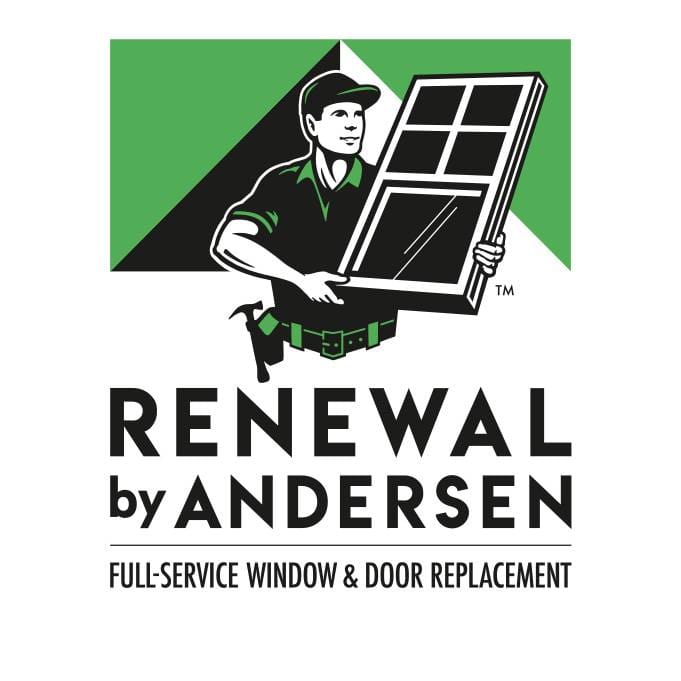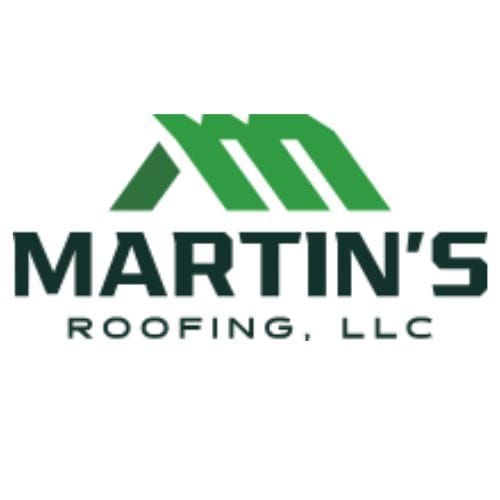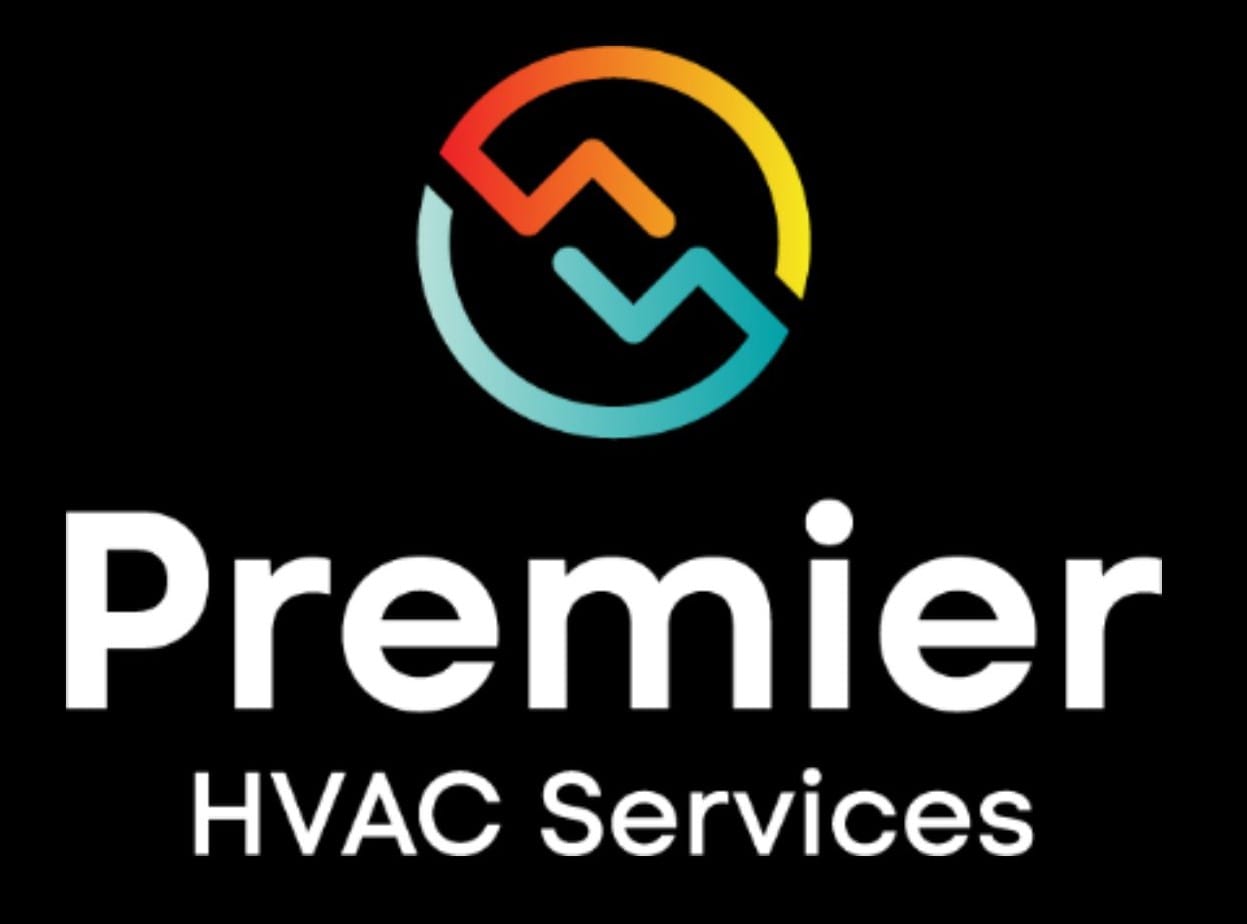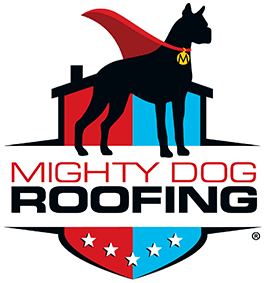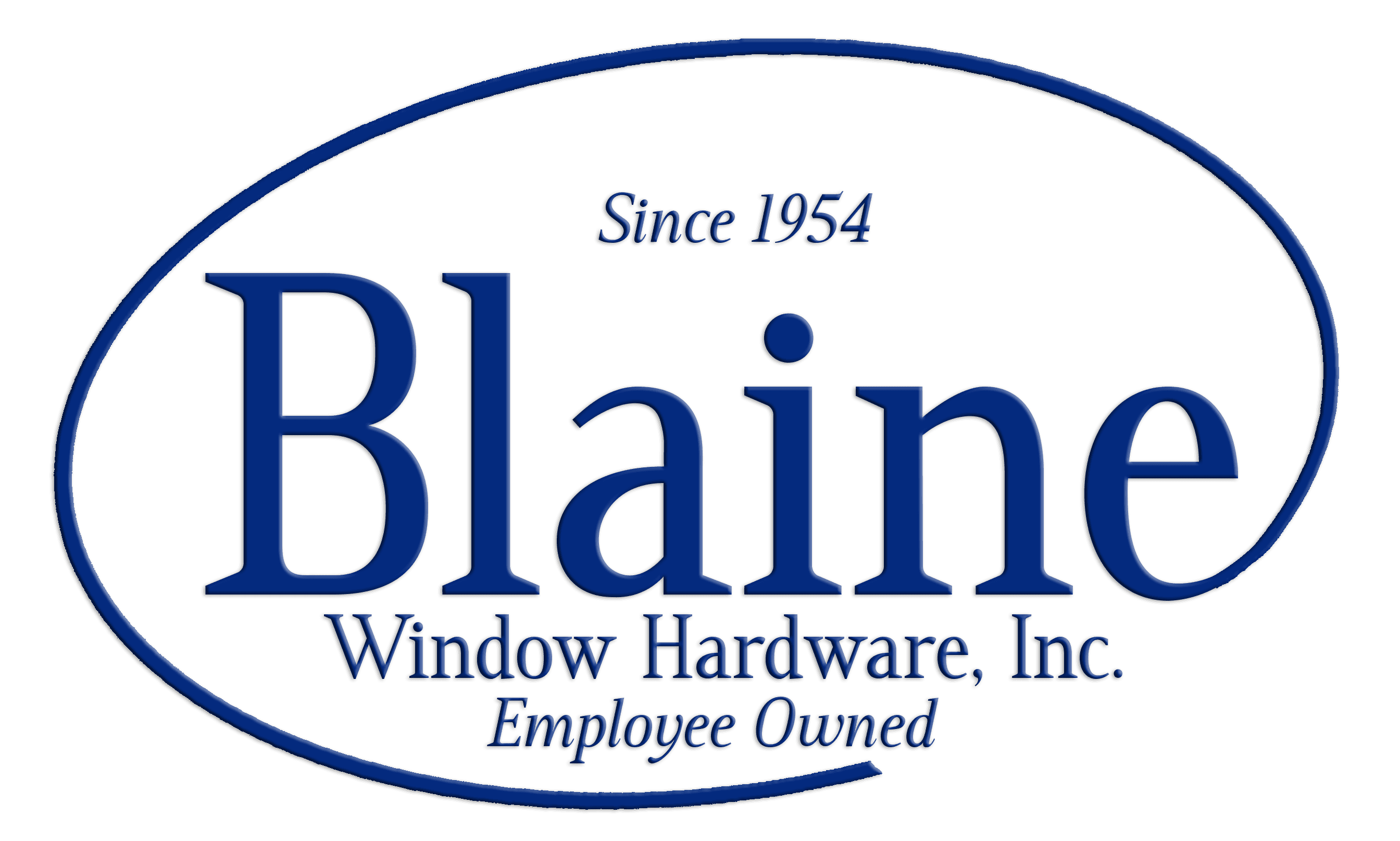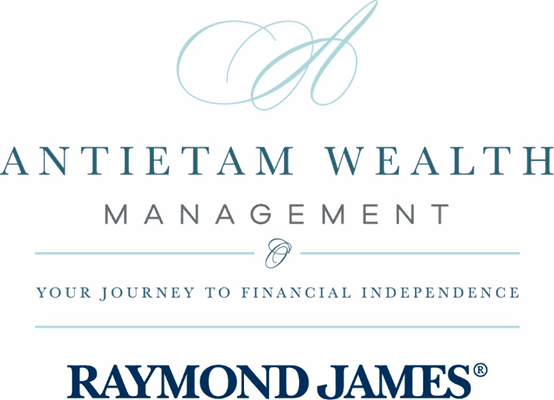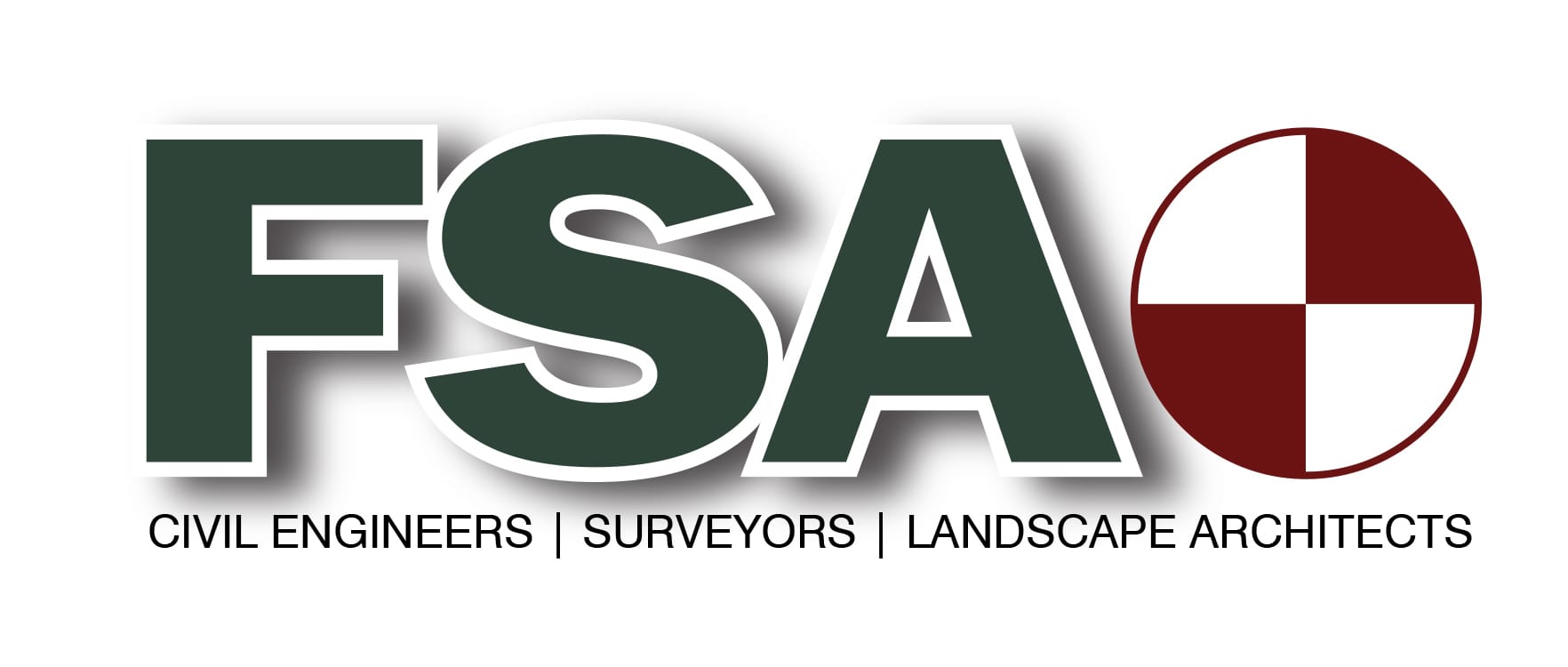
The home building industry is evolving rapidly, driven by technological advancements, changing consumer preferences, and broader economic and environmental pressures. While some trends like sustainability and modular construction are gaining attention, there are subtler shifts that are flying under the radar but poised to reshape the industry. Here are 10 home building industry shifts that aren’t getting much buzz yet, based on emerging patterns and insights:
- Micro-Urban Home Designs
Builders are quietly experimenting with ultra-compact home layouts tailored for urban infill lots, driven by land scarcity and zoning reforms. These “micro-homes” (under 1,000 sq ft) prioritize multi-functional spaces and vertical design to maximize utility without sprawling footprints. Unlike tiny homes, they’re built for permanent urban residency, blending affordability with city living. Data shows urban land costs rising 15% annually in major U.S. cities, pushing this niche forward. - Embedded Home Systems Integration
Beyond smart home tech, builders are starting to integrate “invisible” systems like air quality monitors, water recycling units, and energy storage directly into home frameworks. These aren’t aftermarket add-ons but part of the structural design, responding to growing health and eco-consciousness. Only 6% of builders currently embed such systems, but pilot projects are expanding in tech-forward markets like California. - Hyper-Local Material Sourcing
To combat supply chain disruptions (e.g., 30% of U.S. building materials come from China), some builders are shifting to hyper-local sourcing, using regionally available materials like reclaimed wood or locally quarried stone. This cuts costs and delays while boosting sustainability. It’s still a small movement—less than 10% of builders—but gaining traction in rural and mid-tier markets. - AI-Driven Construction Scheduling
Artificial intelligence is being quietly adopted for project management, optimizing labor and material schedules to reduce delays. Unlike traditional software, AI can predict weather impacts, labor shortages, or supplier issues with 80% accuracy in early trials. Small firms (40% of the industry) are starting to use these tools to compete with larger players, but it’s rarely discussed. - Resilient Foundation Systems
With extreme weather events up 20% over the past decade, builders are innovating with adaptive foundation designs, like elevated pilings or flexible concrete mixes, to withstand floods and earthquakes. These are being tested in high-risk areas like Florida and Texas but aren’t yet mainstream, despite rising insurance costs pushing demand. - Off-Grid Ready Homes
A small but growing number of builders are designing homes with off-grid capabilities—solar-ready roofs, battery backups, and water harvesting—as standard features, not upgrades. This is driven by millennials and Gen Z buyers (30% of new homebuyers) who prioritize self-sufficiency amid climate and grid reliability concerns. Only 5% of new homes in 2024 had such features pre-installed. - Construction Waste Upcycling
Instead of recycling, some builders are upcycling construction waste (e.g., concrete rubble into aggregate or wood scraps into paneling) on-site to cut disposal costs and emissions. Pilot programs show waste reduction of up to 15%, but the practice is still niche, limited to eco-conscious firms in progressive states. - Multi-Generational Flex Spaces
With 20% of U.S. households now multi-generational, builders are designing flexible home additions—like convertible garages or modular in-law suites—that can shift between guest spaces, offices, or rentals. These are distinct from traditional ADUs, focusing on seamless integration with the main home. The trend is growing in suburban markets but rarely highlighted. - Thermal Comfort Engineering
Beyond energy efficiency, builders are focusing on thermal comfort—using advanced insulation, window glazing, and ventilation to maintain consistent indoor temperatures. This responds to buyer complaints about uneven heating/cooling, with early adopters reporting 25% higher customer satisfaction. It’s still under the radar, with only 8% of builders prioritizing it. - Decentralized Builder Networks
Small builders are forming regional cooperatives to share resources, bulk-buy materials, and navigate local regulations, countering the dominance of large firms. These networks, covering 5% of U.S. builders, boost efficiency and lower costs by 10-15% but operate quietly, avoiding the spotlight of industry consolidations.
These shifts are in early stages, often limited to innovative firms or specific regions, but they signal where the industry could head as pressures like affordability, climate change, and tech adoption intensify.

